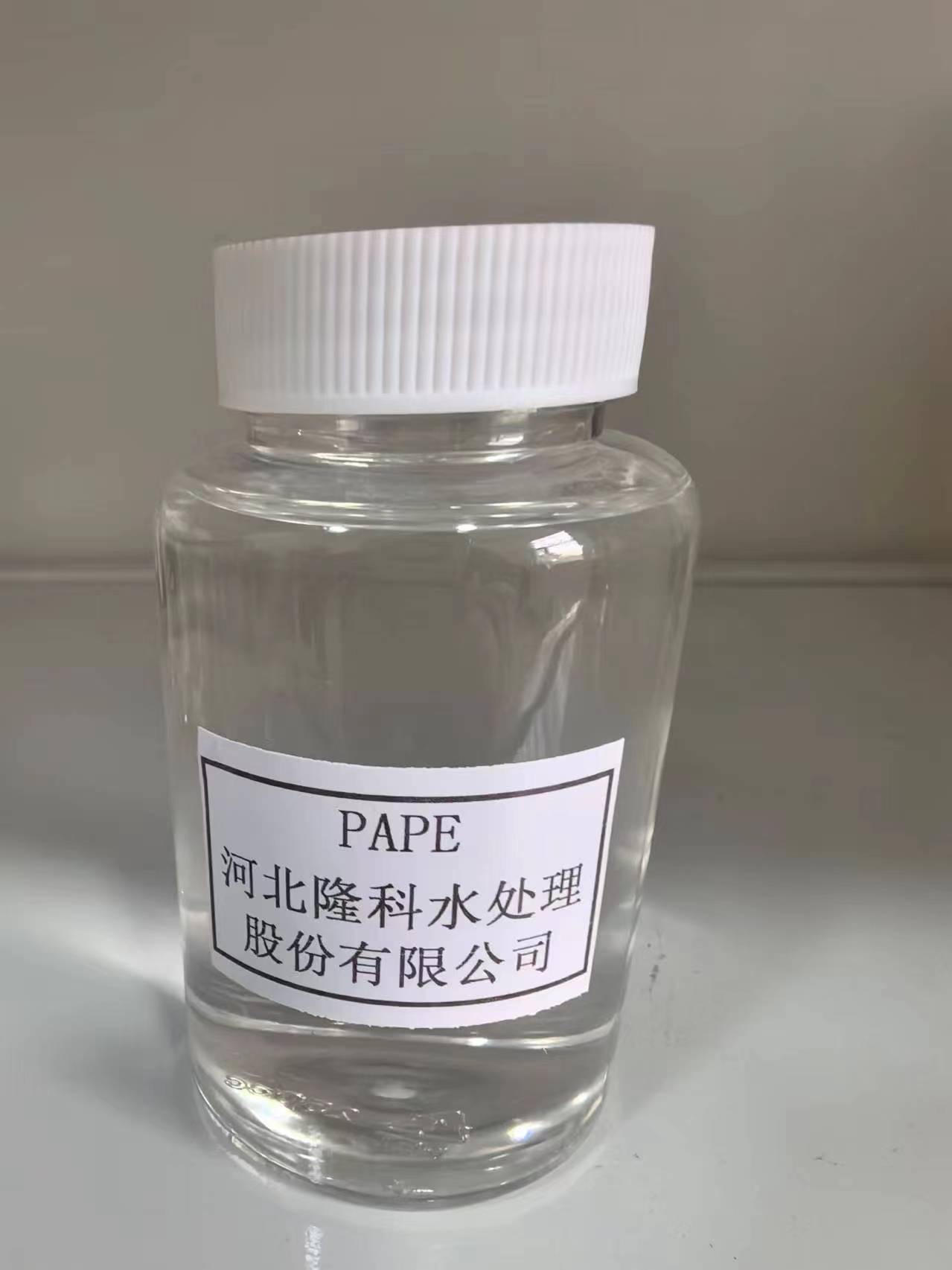cationic polyacrylamide
Cationic Polyacrylamide An Overview
Cationic polyacrylamide (CPAM) is a synthetic polymer widely utilized in various industrial applications due to its unique properties and functionalities. This water-soluble polymer is derived from acrylamide and bears a positive charge, which distinguishes it from its anionic and nonionic counterparts. The cationic nature of CPAM allows it to interact effectively with negatively charged surfaces and materials, thus making it particularly useful in a wide range of fields including wastewater treatment, paper manufacturing, and oil recovery.
Properties and Structure
CPAM is created through the polymerization of acrylamide monomers, often with the introduction of cationic groups such as quaternary ammonium compounds. This modification endows the polymer with a positive charge, leading to enhanced flocculation and coagulation properties. With varying molecular weights and degrees of cationic substitution, CPAM can be tailored to meet specific application requirements. The polymer's unique structure enables it to form bridges between particles, leading to the agglomeration of suspended solids which is a critical aspect of its function in water treatment.
Applications in Water Treatment
One of the primary applications of cationic polyacrylamide is in the treatment of wastewater. In municipal and industrial wastewater treatment processes, CPAM is used as a flocculant to aid in the removal of suspended solids, colloids, and organic materials. When introduced into the wastewater, CPAM’s positive charges neutralize the negative charges of suspended particles, leading to the formation of larger aggregates or flocs that can be easily removed through sedimentation or filtration. This is particularly beneficial for treating sewage and industrial effluents, where the reduction of turbidity and the removal of contaminants are critical objectives.
Role in the Paper Industry
cationic polyacrylamide

In the paper manufacturing industry, cationic polyacrylamide plays a significant role as a retention aid, helping to improve fiber retention during the papermaking process. The addition of CPAM ensures that more fibers remain in the sheet rather than being lost in the wastewater, thus enhancing the overall yield of the process. Furthermore, CPAM aids in the retention of fillers and fines, which contribute to the paper's quality and opacity. By improving the efficiency of the papermaking process, CPAM not only reduces waste but also lowers production costs.
Enhanced Oil Recovery
Cationic polyacrylamide is also being explored in enhanced oil recovery techniques. In this application, CPAM serves to improve the viscosity of water used in flooding processes, which helps to mobilize oil trapped in porous rock formations. The ability of CPAM to interact with the negatively charged surfaces of the rock enhances the displacement of oil, leading to increased recovery rates. This application is particularly important in extending the life of oil fields and maximizing resource extraction.
Safety and Environmental Impact
While cationic polyacrylamide is generally considered safe for various applications, it is essential to handle it with care, as acrylamide, a monomer used in its production, is a potential neurotoxin. Proper regulations and handling procedures should be in place to minimize exposure. Moreover, ongoing research into biodegradable alternatives and environmentally friendly production methods is becoming increasingly relevant as industries strive for sustainability.
Conclusion
Cationic polyacrylamide is a versatile synthetic polymer with a multitude of applications across different industries. Its ability to enhance processes such as wastewater treatment, paper production, and oil recovery makes it a valuable asset in modern industrial practices. As technology advances, ongoing research into improving its efficacy and reducing environmental impacts will further solidify CPAM’s role as a crucial material in various industries.
-
lk-319-special-scale-and-corrosion-inhibitor-for-steel-plants-advanced-solutions-for-industrial-water-systemsNewsAug.22,2025
-
flocculant-water-treatment-essential-chemical-solutions-for-purification-processesNewsAug.22,2025
-
isothiazolinones-versatile-microbial-control-agents-for-industrial-and-consumer-applicationsNewsAug.22,2025
-
scale-inhibitor-key-solutions-for-water-system-scale-preventionNewsAug.22,2025
-
organophosphonates-versatile-scale-inhibitors-for-industrial-water-systemsNewsAug.22,2025
-
scale-and-corrosion-inhibitor-essential-chemical-solutions-for-water-system-maintenanceNewsAug.22,2025





